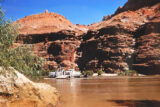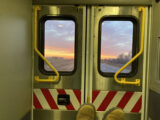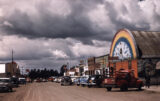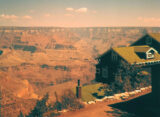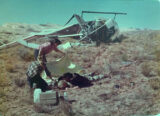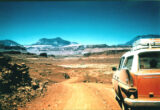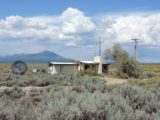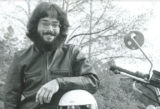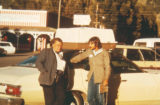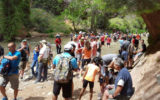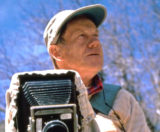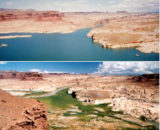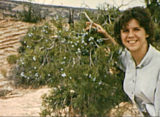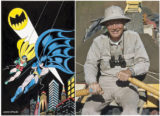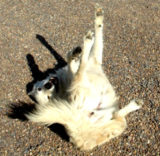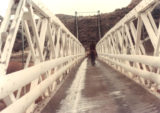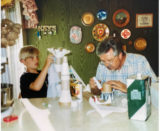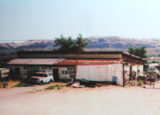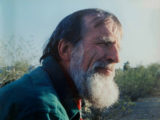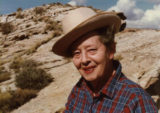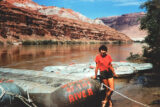
Then she met Harry Aleson, a fellow Sierra Club member and explorer. Aleson showed her slides of his hikes in the canyon country of Arizona and Utah. Georgie was hooked. A new world opened up and she suggested they hike it together. She and Harry became friends, and over the years, they covered many miles. Twice they floated down the Colorado River of the Grand Canyon.
“I was out here on the river 25 years when there was absolutely nobody here,” she recalls. “All the people on my trips depended on me, period. There wasn’t nobody else. There was no helicopters, there was NOTHING down here. The park rangers were not here. That was before the dams were built. These were long trips, one- and two-week trips.” At 80, she is strong in body and mind. She takes pride in not being emotional. “My mother taught us not to cry. We don’t have that emotion. I don’t have it about marriage or nothing. I was never one who had stars in my eyes. I was not one who grew up wantin’ or being man-crazy. In fact, the men had to prove theirself to me!”

